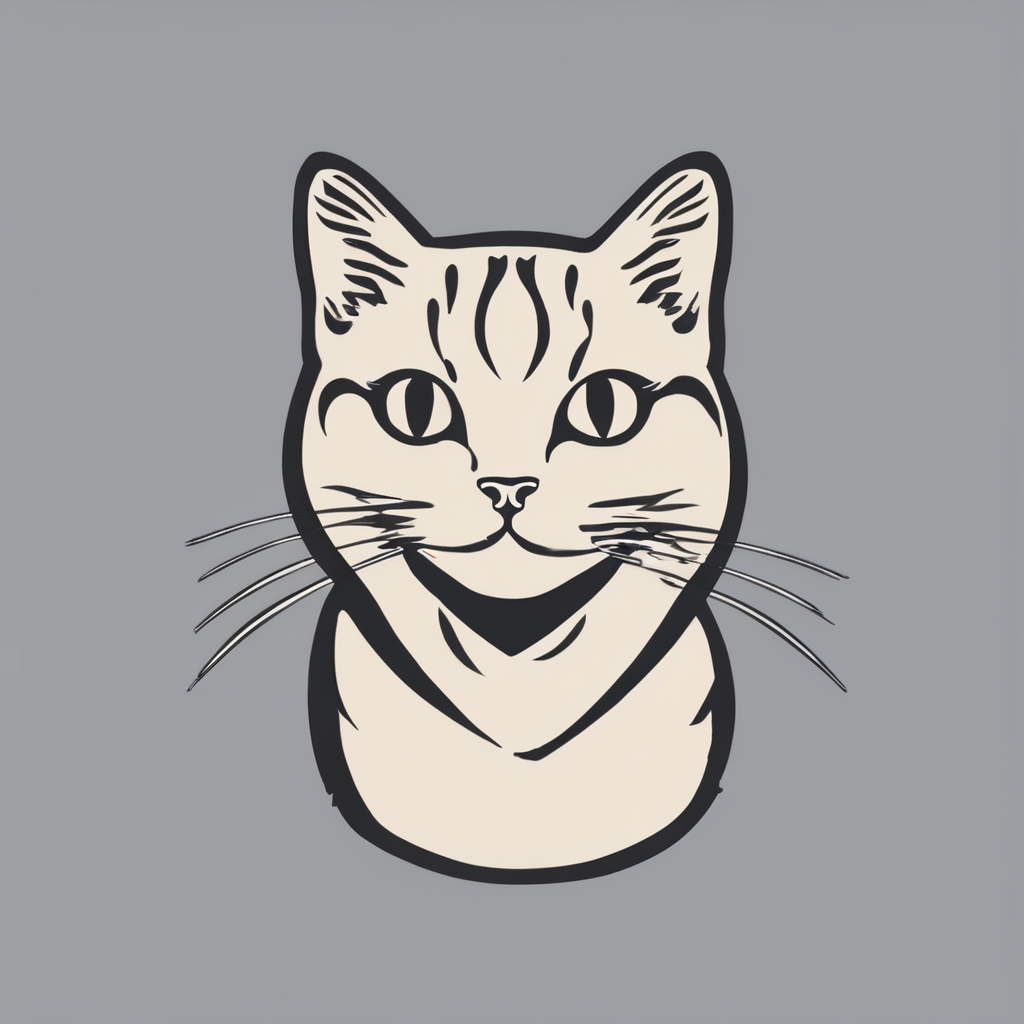Practical Environmental Enrichment Methods for Pet Lizards
Creating effective lizard enrichment depends heavily on the reptile habitat design. Start with enhancing the terrarium layout by introducing natural décor such as live or artificial plants, varied substrates like sand, bark, or soil, and ensuring enough floor space for exploration. This diversity stimulates natural behaviors like digging, climbing, and foraging, essential aspects of environmental enrichment for reptiles.
Adding climbing structures and hides is crucial. Safe branches, rocks, and caves provide both physical activity and security, helping to reduce stress and improve overall wellbeing. For example, many lizard species thrive when they can climb or hide, mimicking their natural environments in the wild.
Also read : What Are the Best Habitats for Lesser-Known UK Pets?
Lighting and temperature variations also play a vital role in lizard enrichment. Offering gradients of warmth and UVB light encourages thermoregulation and activity cycles, which are important for metabolic health and mental stimulation. Adjusting these factors realistically replicates day-night and seasonal changes, promoting natural rhythms in pet lizards. Together, these environmental enrichment methods help ensure a thriving, healthy reptile habitat.
Interactive Toys, Feeding Puzzles, and Stimulation Activities
Enhancing your lizard’s environment with interactive reptile toys can significantly boost their mental and physical well-being. Common types include textured balls that mimic prey, tunnels, and climbing structures. These toys encourage natural behaviors like chasing or exploring, keeping your pet engaged.
Topic to read : How Can We Create a Safe Environment for Uncommon Pets in the UK?
Reptile feeding puzzles are effective tools for stimulating problem-solving skills. Examples include food-dispensing balls or hidden treat boxes that require your lizard to manipulate objects to access snacks. Such puzzles slow down feeding time, promote activity, and can prevent boredom.
Incorporating sensory stimulation through enrichment activities for lizards is equally important. Introducing novel textures, like smooth rocks or soft moss, invites tactile exploration. Gentle handling and supervised exploration outside the terrarium also provide new experiences. These activities encourage curiosity and help lower stress.
Together, interactive reptile toys, feeding puzzles, and enrichment activities for lizards form a well-rounded approach to keeping your pet mentally sharp and physically active. These methods mimic natural stimuli, making captive life more rewarding and healthier.
Tailoring Enrichment by Lizard Species and Personality
Choosing the right species-specific lizard care is essential for effective enrichment. Different species, such as geckos, iguanas, and monitors, have unique environmental and behavioral needs. For example, arboreal geckos benefit from vertical climbing structures, while terrestrial iguanas require spacious ground areas with basking spots. By understanding your lizard’s natural habitat and habits, you can provide enrichment that feels instinctive and rewarding.
Individual pet needs also vary significantly. Age influences activity levels; younger lizards tend to be more curious and energetic, requiring interactive elements like puzzle feeders or varied textures. Older lizards might prefer slower-paced stimulation, such as gentle exploration of new hiding spots. Temperament matters too—shy lizards may need gradual introduction to new enrichment to avoid stress, while bold lizards often thrive with more challenging toys or terrain changes.
Safety remains paramount when introducing enrichment. Avoid items with sharp edges or toxic materials, and always monitor your lizard’s reaction. Gradually phase in new objects to ensure acceptance and minimize stress. Tailoring enrichment with both species and personality in mind enhances both well-being and happiness for your lizard companion.
